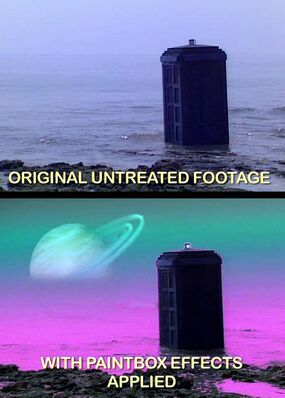More actions
Basic information
| Display title | Quantel Paintbox |
| Default sort key | Quantel Paintbox |
| Page length (in bytes) | 2,367 |
| Page ID | 72876 |
| Page content language | en - English |
| Page content model | wikitext |
| Indexing by robots | Allowed |
| Number of redirects to this page | 1 |
| Counted as a content page | Yes |
| Number of subpages of this page | 0 (0 redirects; 0 non-redirects) |
| Page image |  |
Page protection
| Edit | Allow all users (infinite) |
| Move | Allow all users (infinite) |
Edit history
| Page creator | CzechOut (talk | contribs) |
| Date of page creation | 21:49, 26 June 2011 |
| Latest editor | CzechBot (talk | contribs) |
| Date of latest edit | 02:07, 4 September 2020 |
| Total number of edits | 43 |
| Total number of distinct authors | 11 |
| Recent number of edits (within past 90 days) | 0 |
| Recent number of distinct authors | 0 |
Page properties
| Transcluded templates (6) | Templates used on this page:
|
SEO properties
Description | Content |
Article description: (description)This attribute controls the content of the description and og:description elements. | The Quantel Paintbox, or simply Paintbox[1] was a graphics workstation which revolutionised the way television graphics were produced in the 1980s. Typically of greatest utility to sports and news programming, Paintbox was occasionally repurposed by the British Broadcasting Corporation and used for dramatic and entertainment programming as well. Doctor Who was one of the system's earliest and most enthusiastic adopters in the BBC's Drama Series department. |
